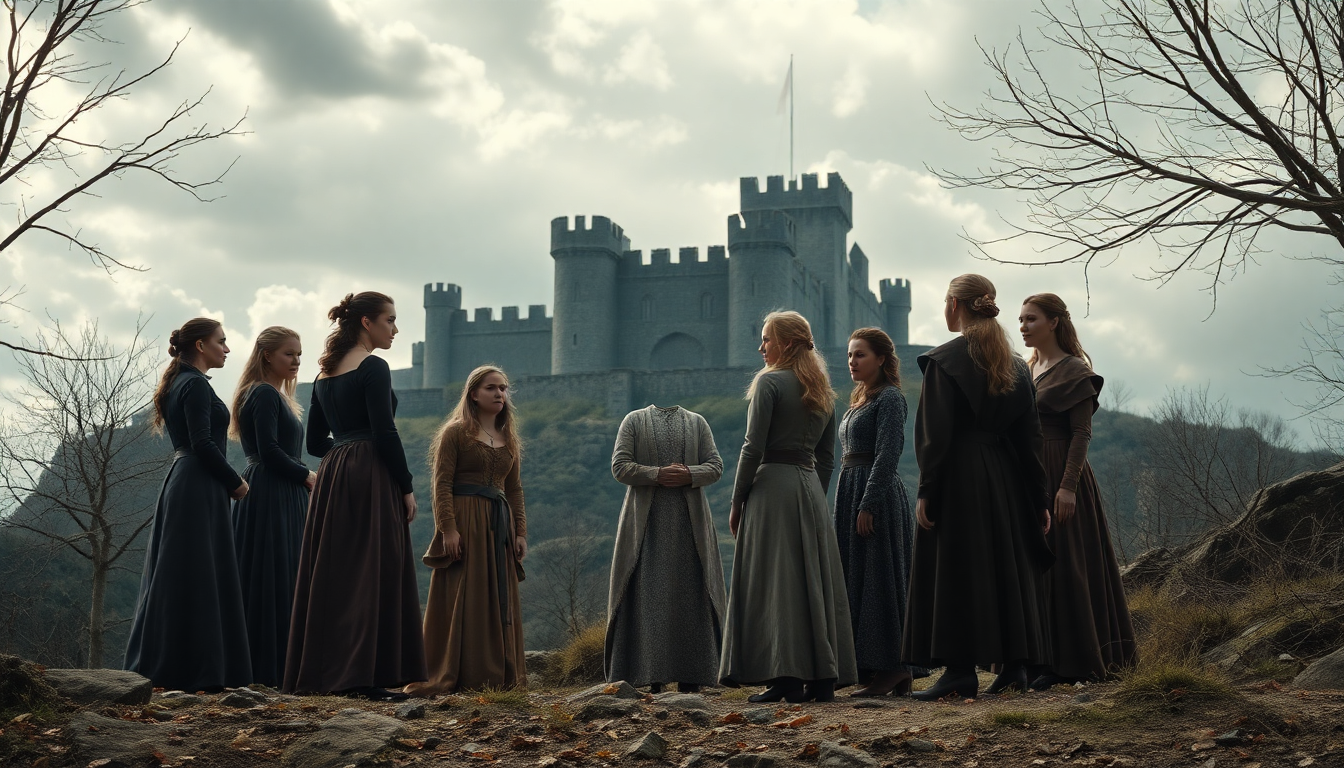Table of Contents
In today’s media landscape, the representation of women remains a hot topic, especially when we consider popular series like ‘Game of Thrones.’ Recently, Sophie Turner, who brought Sansa Stark to life, opened up about this issue in an interview. She shed light on the complex task of depicting violence against women while advocating for authentic storytelling. By exploring her perspective, we can better understand the broader implications of these portrayals and how they resonate with audiences.
The Duality of Representation
Turner points out that while the series faced criticism for its graphic depictions of violence against women, it also highlighted the historical injustices women have faced. She argues that the brutal realities portrayed in ‘Game of Thrones’ reflect a long-standing struggle against patriarchy and the objectification of women. It’s striking when she mentions that nearly every woman she knows has experienced some form of harassment—this really underscores the relevance of these narratives in mirroring real-life struggles.
However, it’s important to recognize the triggering nature of such content. This duality presents a challenge for creators who strive to balance authenticity with sensitivity. In Turner’s view, ‘Game of Thrones’ didn’t shy away from portraying atrocities, which she believes is crucial for sparking meaningful conversations about women’s rights and experiences. But this raises an important question: can media effectively navigate the sensitive topics of violence and trauma without alienating viewers?
Conversations Around Consent and Empowerment
Turner also reflects on Sansa Stark’s character, touching on themes of agency and empowerment. Despite enduring violence, Sansa evolves into a strong figure, learning from the formidable women around her. Turner argues that Sansa’s journey illustrates resilience rather than victimhood. This portrayal challenges the stereotype that female characters must be passive victims; instead, they can possess agency and complexity, engaging in strategic thinking rather than overt rebellion.
Critics of the series often highlighted the gap between the show’s portrayal of violence and the source material. This divergence sparks discussions about the responsibility writers have in handling such sensitive subjects with care. As Turner noted, the narrative choices made during Sansa’s wedding night were intended to reflect the harsh realities of their world, despite the risk of inciting outrage among viewers who felt the portrayal was gratuitous.
The Role of Media in Shaping Perception
As media continues to evolve, the conversation around female representation becomes increasingly vital. Turner’s insights remind us that storytelling is an art form that carries social responsibility. The portrayal of women in media can significantly influence societal perceptions and attitudes toward gender, making it essential for creators to approach these narratives thoughtfully.
In a world still grappling with issues of consent, harassment, and gender equality, media plays a crucial role in either perpetuating stereotypes or fostering understanding. As we look to the future, it’s imperative that we keep engaging in these conversations, ensuring that the stories we tell not only reflect reality but also inspire change.


